Mow in the morning or evening. Avoid mowing in the wet if possible. Don’t mow if it’s frosty!
Simple rules but ones which pay to heed. Mowing time is rolling round again. Perhaps you’re a regular grass guzzler or perhaps you follow the no mow May trend.
Either way it pays to know some mower basics when the time comes to cut. Lawn care is possibly the most intensive task in gardening.
It may not seem like it on the surface but there is a reason greenkeeping is an entire profession on its own.
Greenkeeping and lawn care entails a very wide variety of jobs but today we are going to dive into the most obvious one – mowing the lawn. More specifically, the machines that do this.
Types of lawn mowers and what they’re best for
Flail Mower
A flail mower is one that typically uses chains to thresh and smash grass.
It is used for tall, rough areas such as meadows, overgrown banks and orchards.
Rotary Mower
A rotary mower is the kind most commonly used by amateurs and is quite simply a mower which uses a central drive shaft with a blade attached at the bottom.
The blade rotates 360 degrees to chop grass. The blade can be one entire long bar or sometimes a few smaller bars together.
The rotary mower gives a better finish than a flail mower but not as fine as a cylinder mower.
The rotary is typically used for going over edges, general areas that need cut but not necessarily finely striped or areas that are slightly bumpy.
The most famous example may be a Flymo. It uses a unique cushion of air to hover while the rotary blade underneath cuts the grass below. A cylinder mower uses a cassette head.
This is a head that is a round cylinder with sharp blades covering the entire body in a spiral-like fashion.
The blades are very sharp along the entire length. They finely cut the grass as apposed the slightly more chewy spin motion of a rotary or the straight out smashing of a flail.
Cylinder mowers
Cylinder mowers comes in varies sizes. They vary from the smallest 18” (45cm) wide head up to the largest type at 42” (106cm). They also come in static or floating head.
Static means the head is rigid and doesn’t move up or down with the ground. These are fine on very flat, smooth ground. A floating head moves up and down with undulating ground.
This is obviously handy on ground that has occasional bumps or changes in depth. The static head will miss cutting parts in dips whereas a floating head will catch them.
A cylinder mower has the unique action of having the cassette head spin round in a very fast fashion. Typically the cassette speed can be varied by Rotations Per Minute (RPM).
On wetter grass you may need faster RPM as the wet grass blades may slip under a slower speed and therefore not cut properly.
A slower speed can be used in dry conditions which will obviously burn through less fuel or battery. The height of the cut is dictated by a blade under the cassette head called the soul blade.
The soul blade is a single blade that can be moved up and down typically by special dials or grub screws.
The soul blade dictates how close the ground the cassette head will go. Typically the first few and last few cuts of the season are set at a higher level than mid-season.
A cylinder mower allows for a very fine finish. It is used where a sharp, impressive cut is needed such as a football, rugby or cricket pitch or perhaps a tennis court.
Most cylinder mowers also have a roller. They perhaps also have an operators seat, with a roller on this also.
The roller is a heavy round bar which assists with striping the grass.
How to get stripes in your lawn?
Grass is stripped through a simple physics trick. To create stripes you simply need to cut grass with a roller in one direction and then come back down the line again next to it, going the opposite direction. The grass blades bend one way then the other.
The grass blades that bend away from you have more surface area to refract light and appear lighter. The grass blades that bend towards you have only the tip of the blade to reflect light and as such they appear darker. Hence stripping. One light line and one dark line.
If you stand at one end of a pitch and see the light and dark stripes then try walking to the opposite side, you’ll notice the stripes swap. Amazing, huh?
Take care and happy gardening.

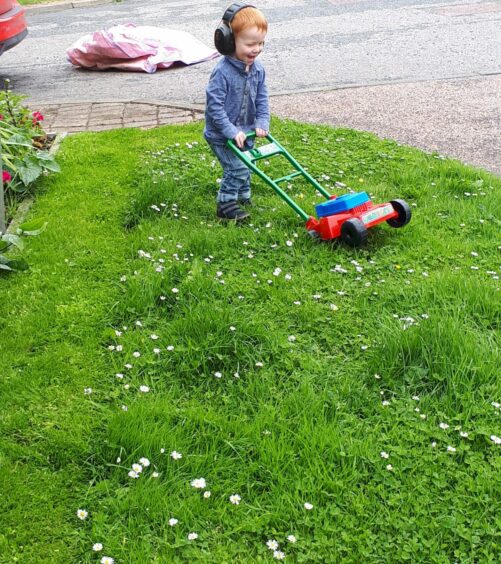
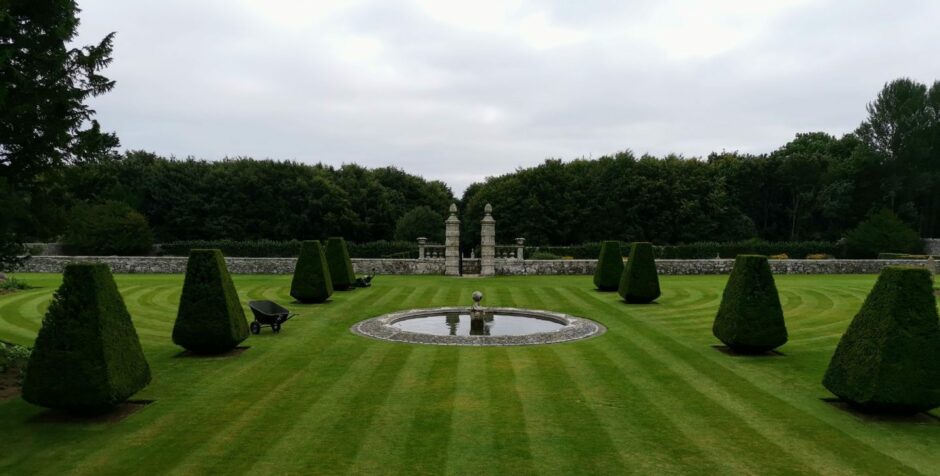

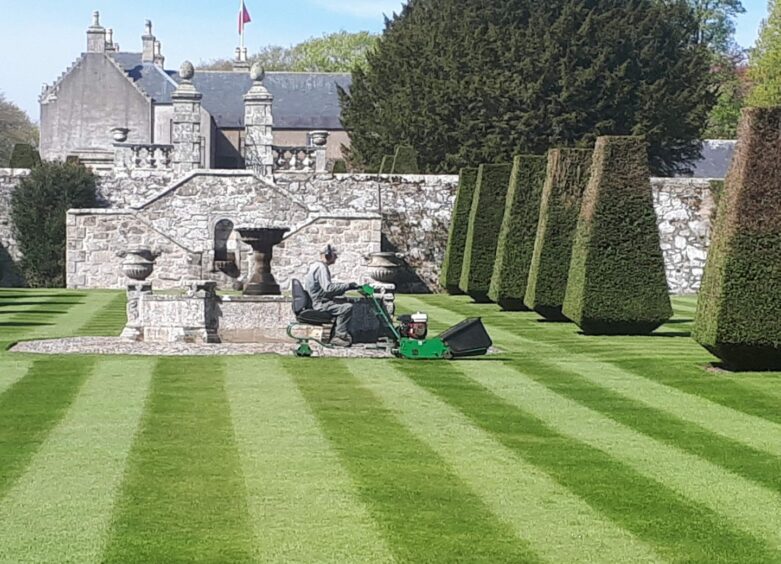
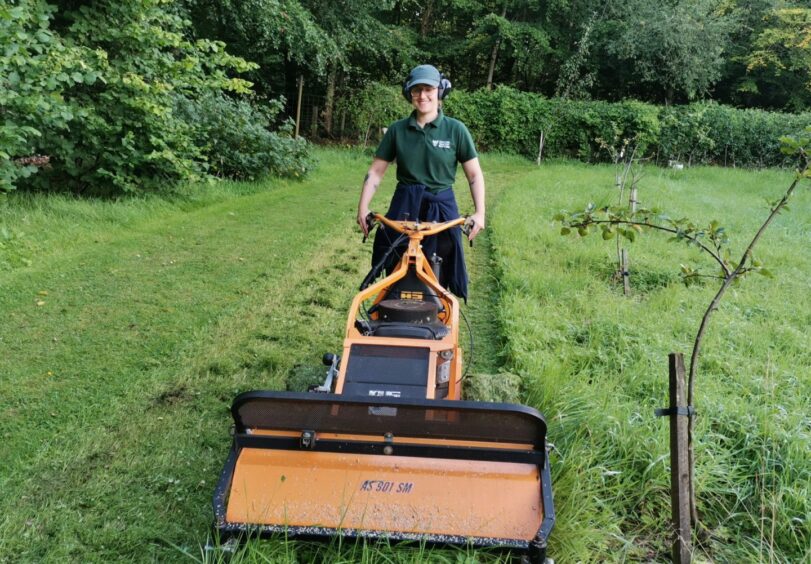
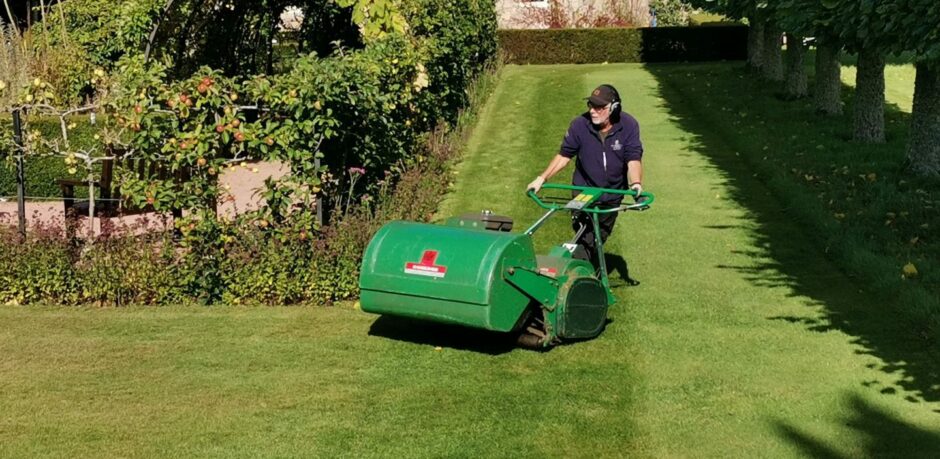
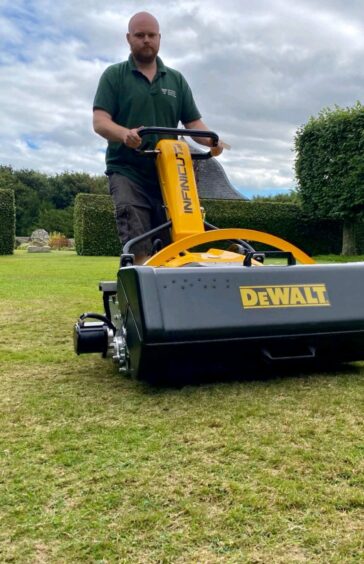
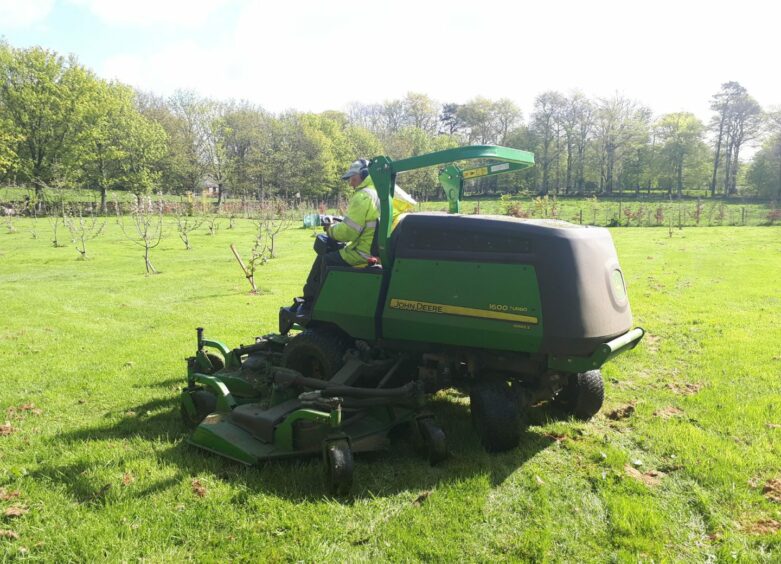
Conversation